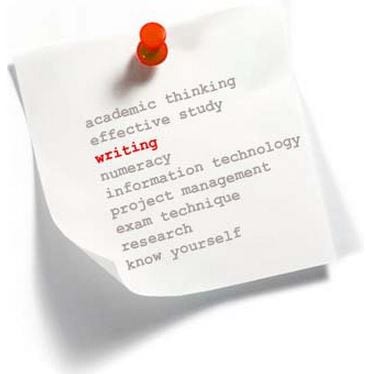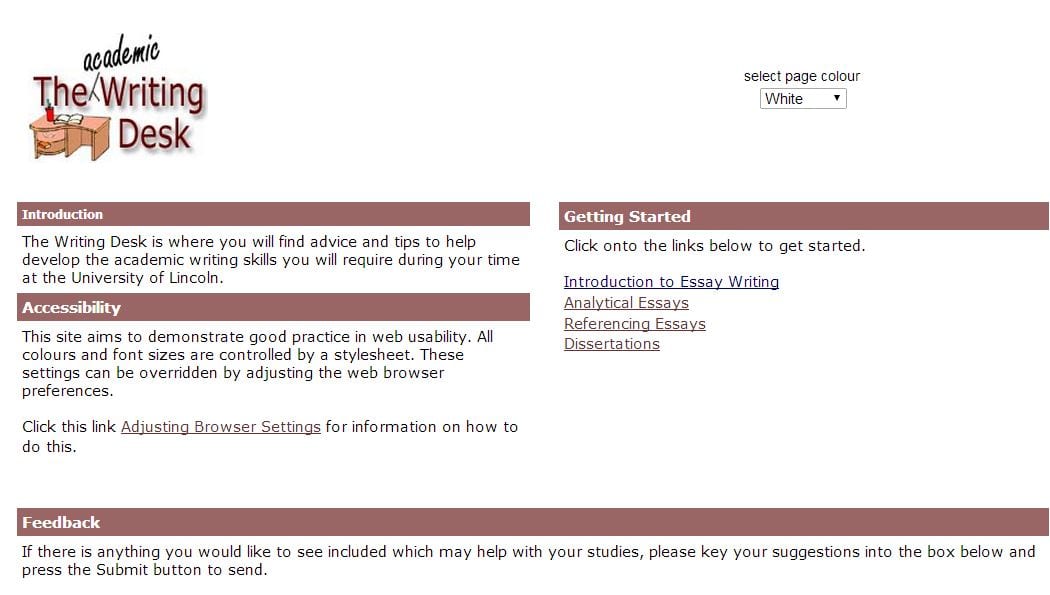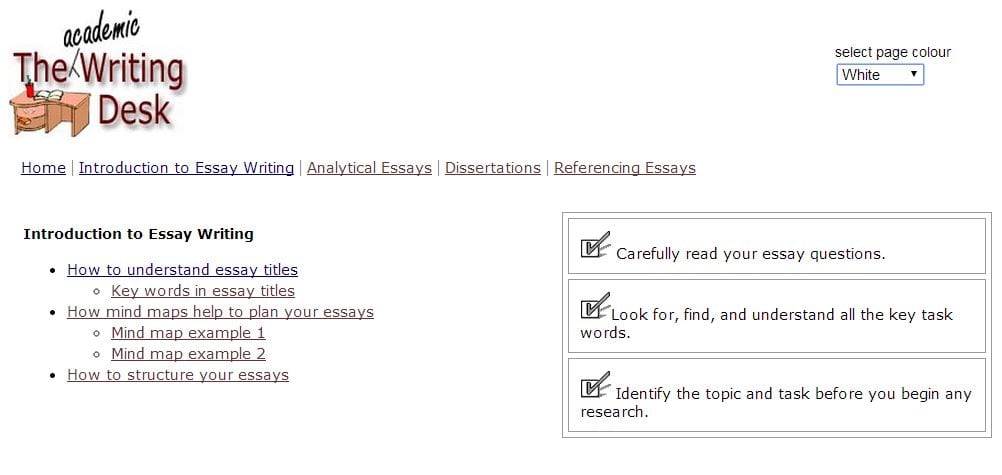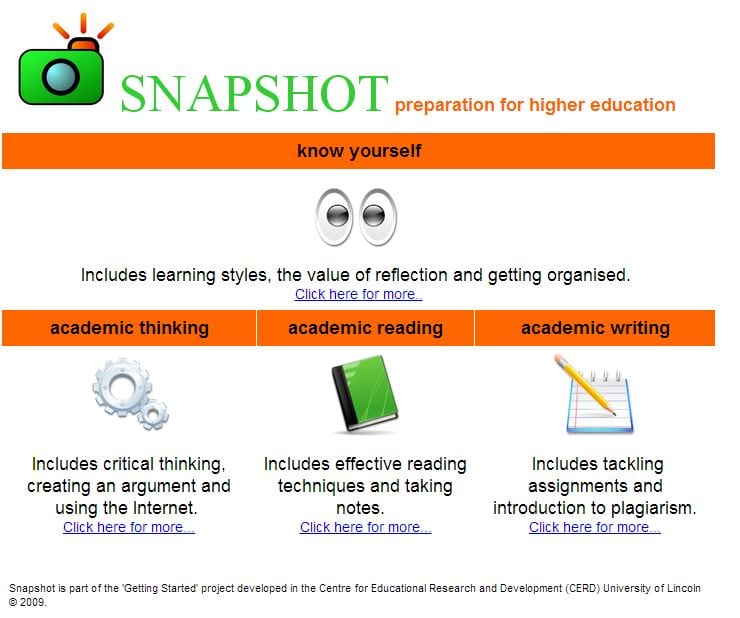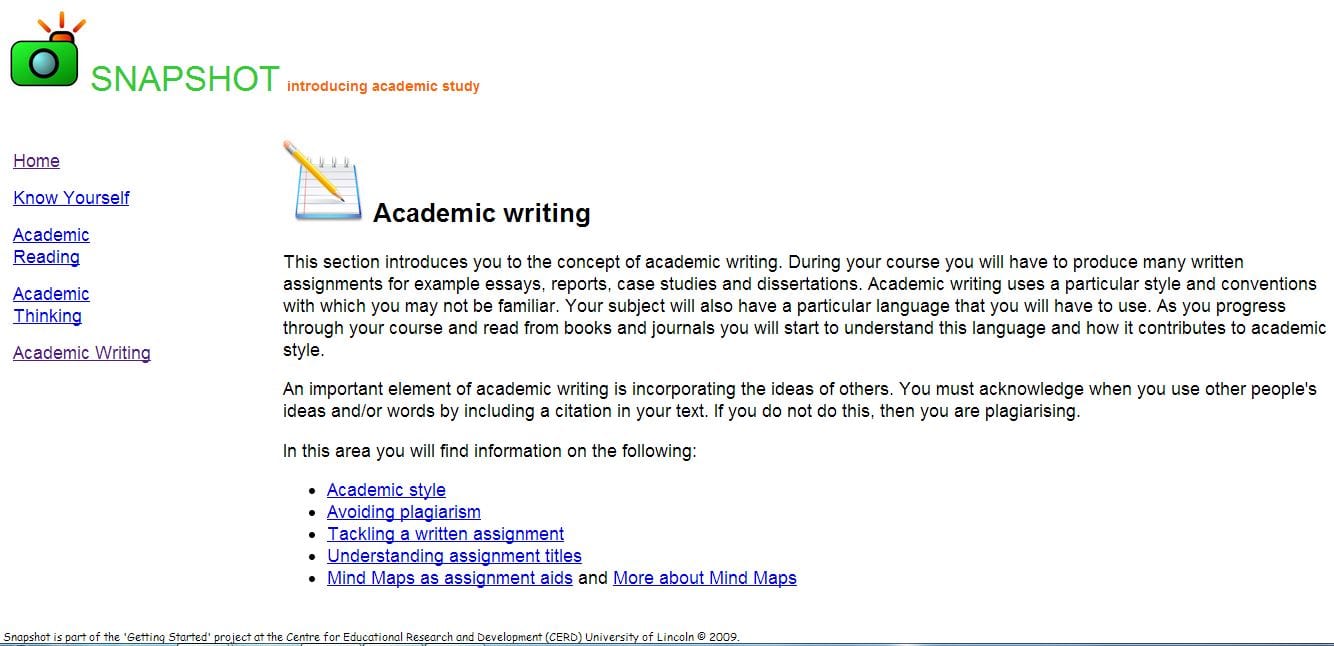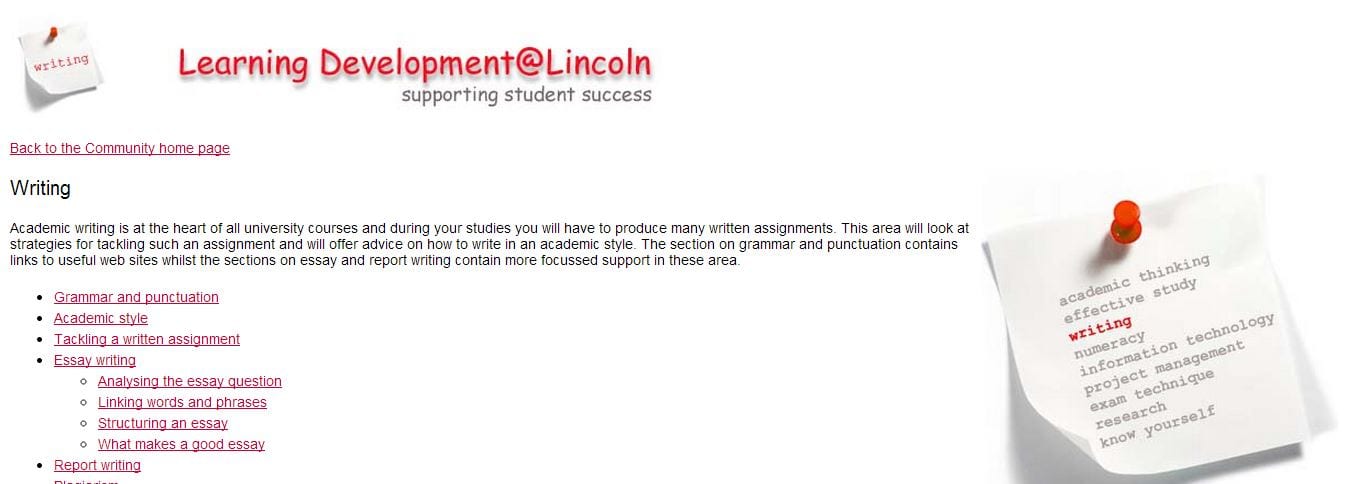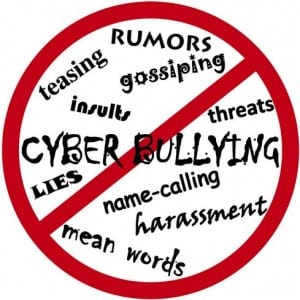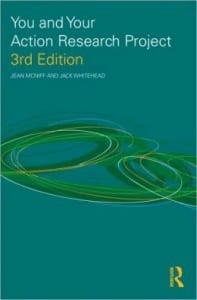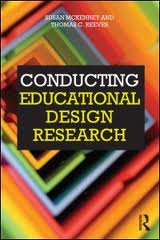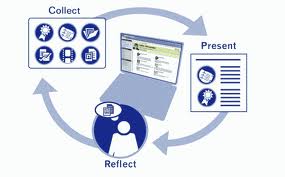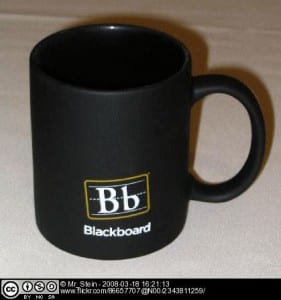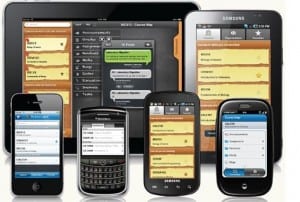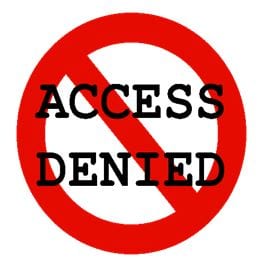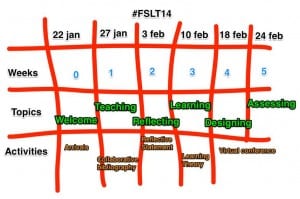I’ve been looking for supporting materials on critical writing and reflection for Getting Started and they’re not jumping off the page. Like digital literacies, I wonder if competence with these skills and practices are being assumed. Yet conversations suggest support would be useful. As CERD divides and EDEU* begins to form, I’m looking back. Learning development was part of CERD, until Helen Farrell, our Learning Development Coordinator, was an unfortunate loss through redundancy. The work Helen and I did lives on in the [unmaintained] Learning Development@Lincoln website, now evolved into a library lib guide page.
Maybe bringing academic and digital together under a title like ‘Learning Literacies’ is a new way to represent them. I’d like to bring these aspects of learning development into EDEU because I’ve been here before. Digging around in my archives shows how the content is relatively unchanged over the years.
In 2007 I created the Academic Writing Desk. Home page image below.
Here is the Academic Writing Desk home page for Essay Writing.
In 2009 I developed Snapshot specifically for Getting Started. This was designed to introduce new students to academic practice; namely academic writing, reading, thinking and a bit on reflective practice.
Here is the Snapshot page on academic writing
Helen Farrell and I created the Learning Development@Lincoln website. The Writing page is shown below.
These are all different ways of presenting similar information. An interesting insight into life in 2008 is the lack of reference to digital literacies in the Learning Development@Lincoln resources – but this could easily be put right.
EDEU will be new but not so new. Before CERD, we were the Teaching and Learning Development Office with a remit not that dissimilar to EDEU. The difference is how times have changed, how the university and the sector has changed. Internationalisation, social media, online submission, multimedia communication etc. With additional resource the new unit will provide capacity to pick up on some of the learning development aspects of these areas. Time to get critical. Get digital. Get EDEU. Bring it on!
————————————————————————————————————————-
* EDEU Educational Development and Enhancement Unit
————————————————————————————————————————–
